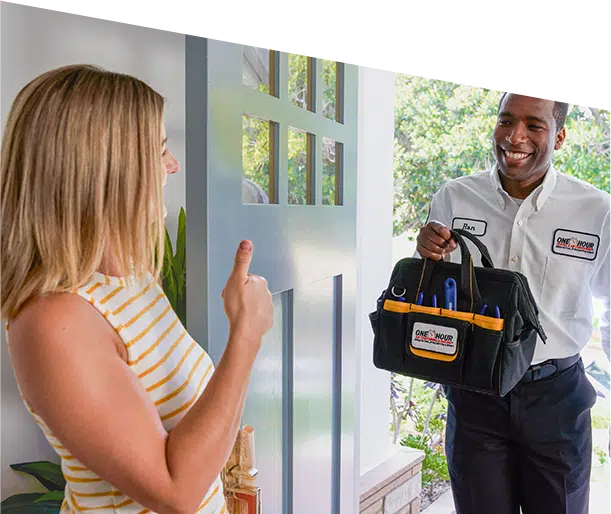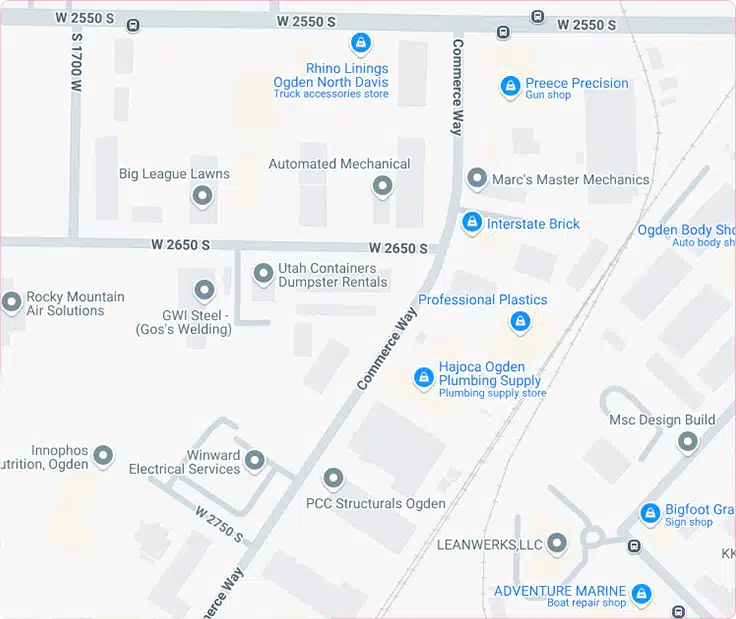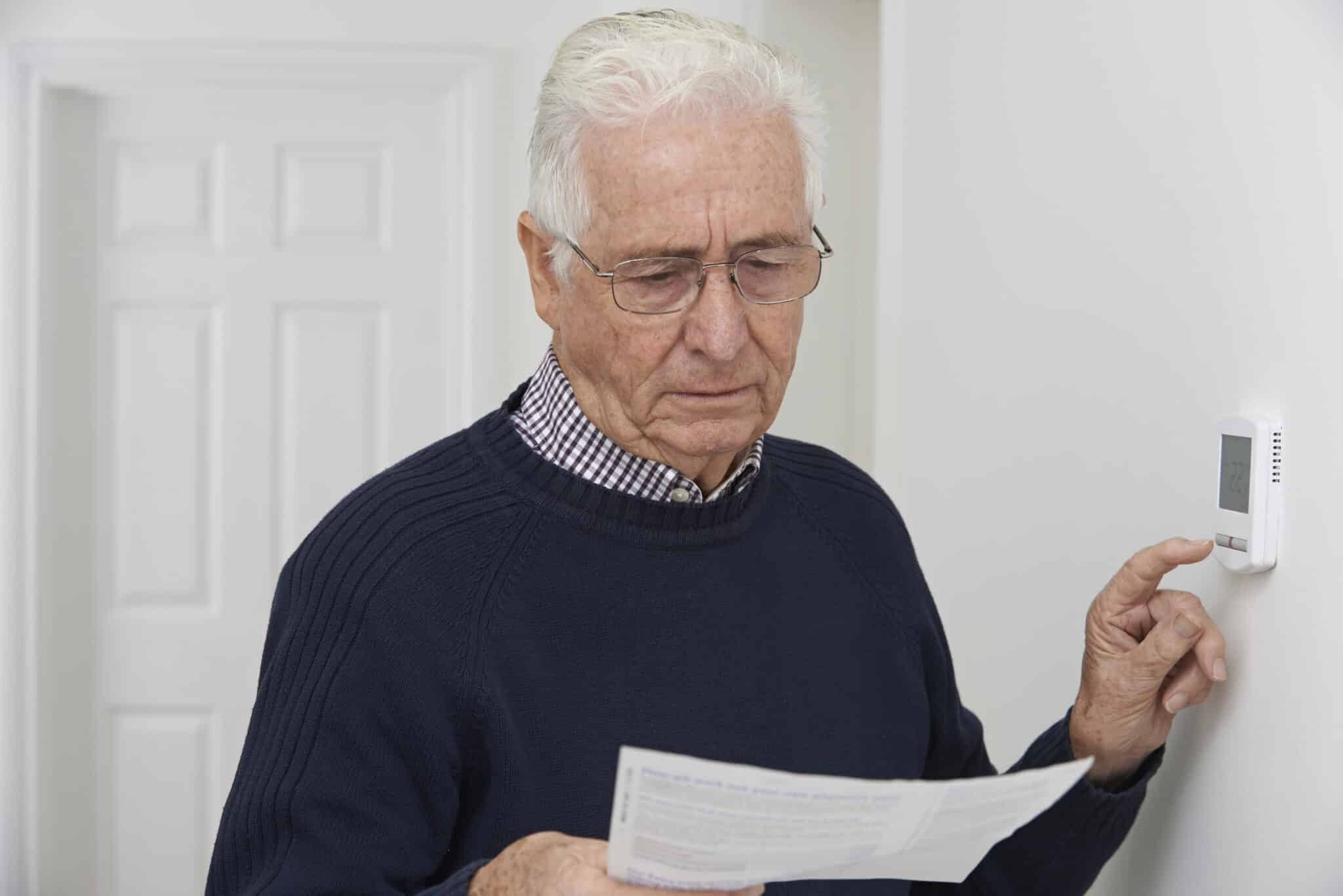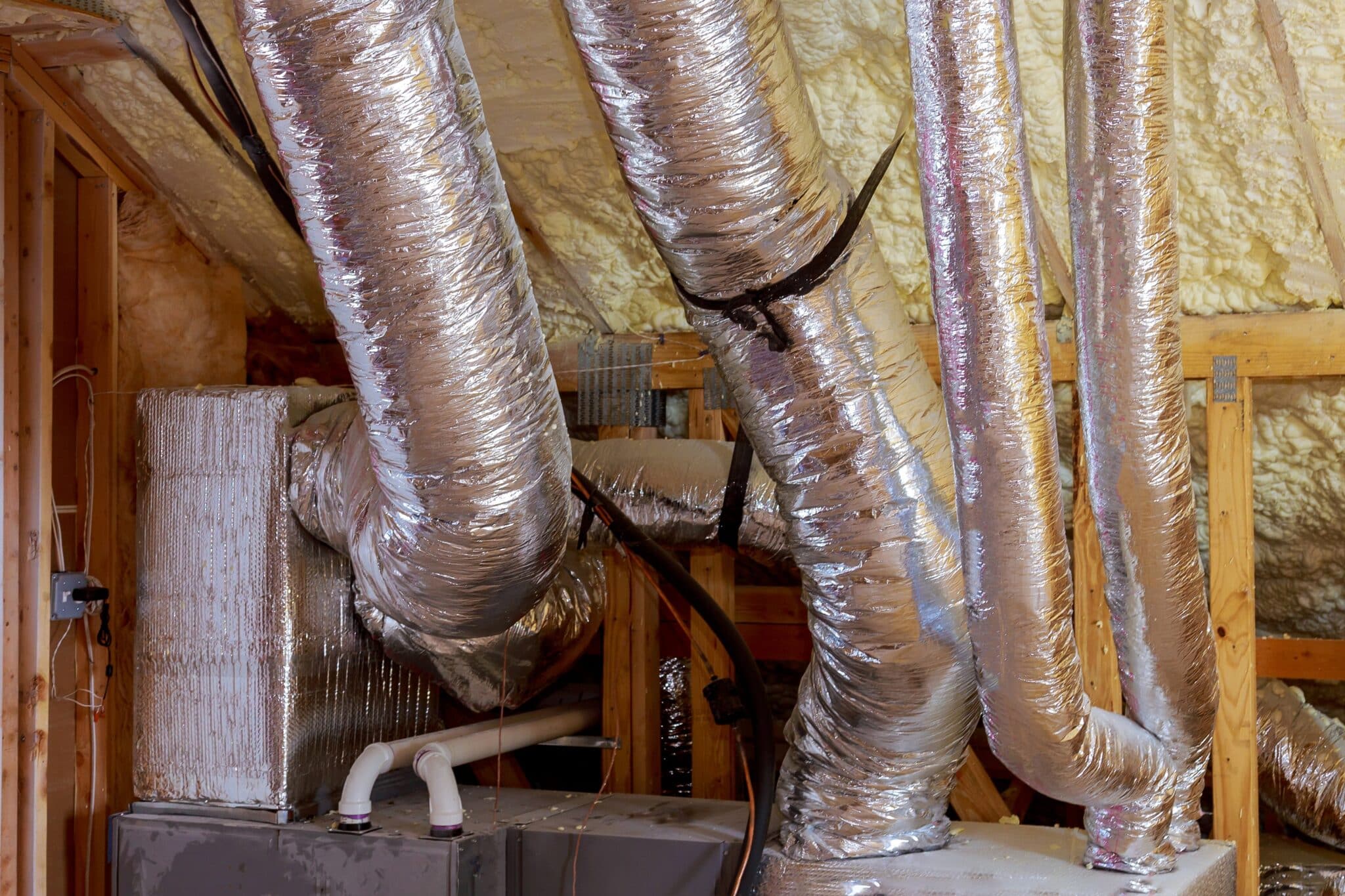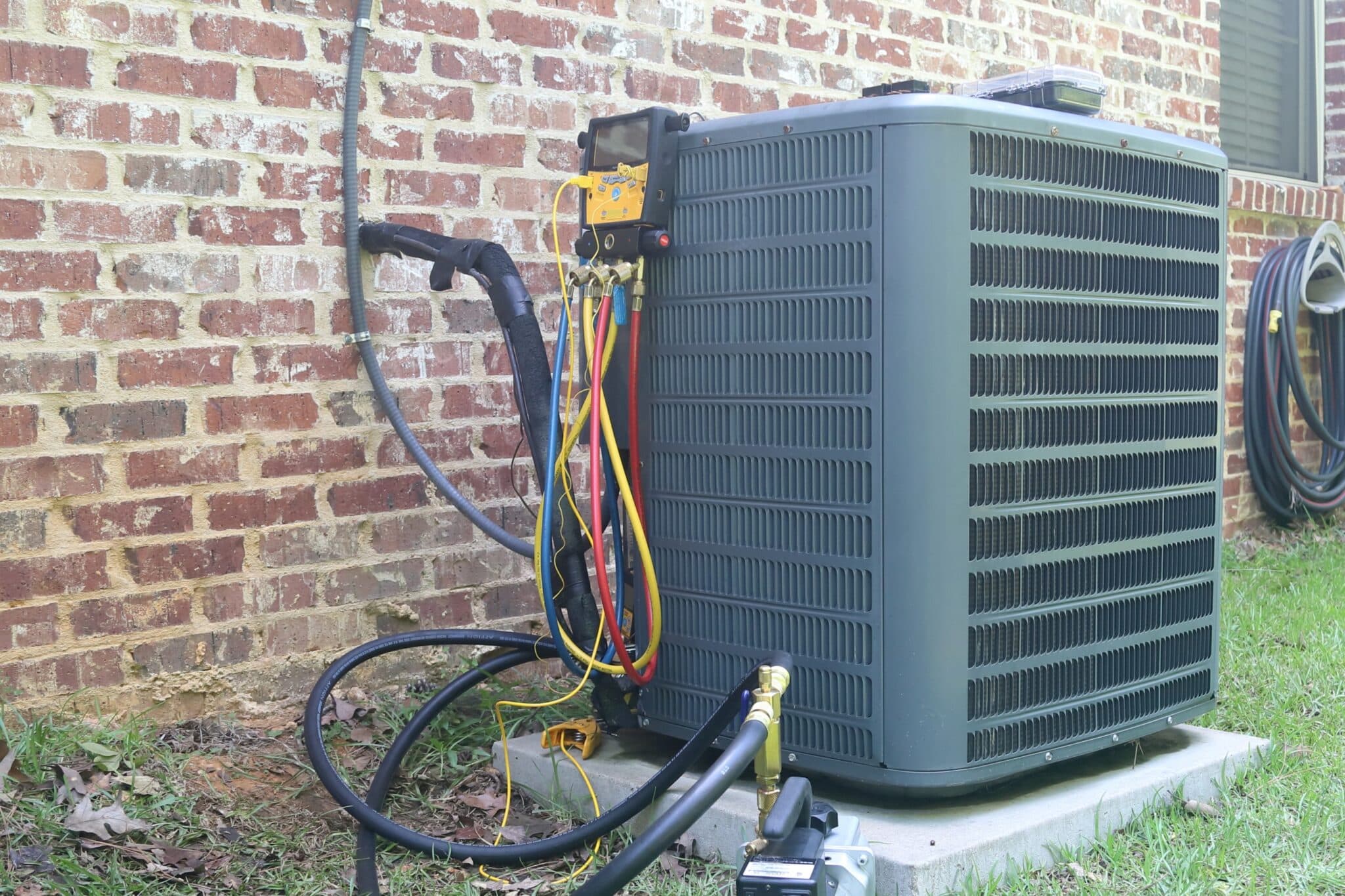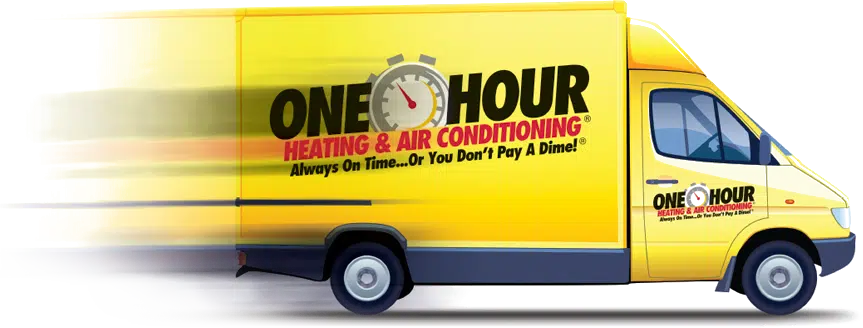Did you know that your home’s comfort and energy efficiency depend heavily on choosing the right furnace size? A properly sized furnace ensures consistent warmth, reduces energy waste, and helps maintain manageable heating costs. When a furnace is too small, it struggles to heat your home adequately, leading to higher bills and unnecessary wear. On the other hand, an oversized furnace consumes more energy, causes uneven heating, and shortens its lifespan. By selecting the right furnace size, you invest in a heating system that delivers comfort, efficiency, and long-term savings—creating a home that is warm, welcoming, and worry-free.
How Furnace Capacity Impacts Your Home
Choosing the correct furnace size is not just a technical decision—it is the cornerstone of a comfortable and efficient home. Furnace size refers to the system’s heating capacity, measured in British Thermal Units (BTUs), which quantify the amount of heat a furnace can produce in an hour. A perfectly sized furnace ensures consistent warmth while keeping energy usage and costs under control.
An undersized furnace will struggle to keep your home warm, leading to overworked components, uneven temperatures, and escalating energy bills. On the other hand, an oversized furnace cycles on and off too frequently, creating uneven heating, wasting energy, and causing unnecessary wear and tear. Both scenarios not only disrupt your comfort but also shorten the lifespan of the furnace, increasing long-term costs.
The right furnace size balances your home’s specific needs, such as square footage, insulation levels, and climate. A properly sized furnace operates efficiently, heats evenly, and minimizes energy waste. It also reduces strain on the system, resulting in fewer repairs and a longer lifespan.
Investing in a correctly sized furnace is not just about staying warm—it is about creating a home that’s comfortable, cost-effective, and reliable. Making the right choice ensures your heating system works smarter, not harder, for years to come.
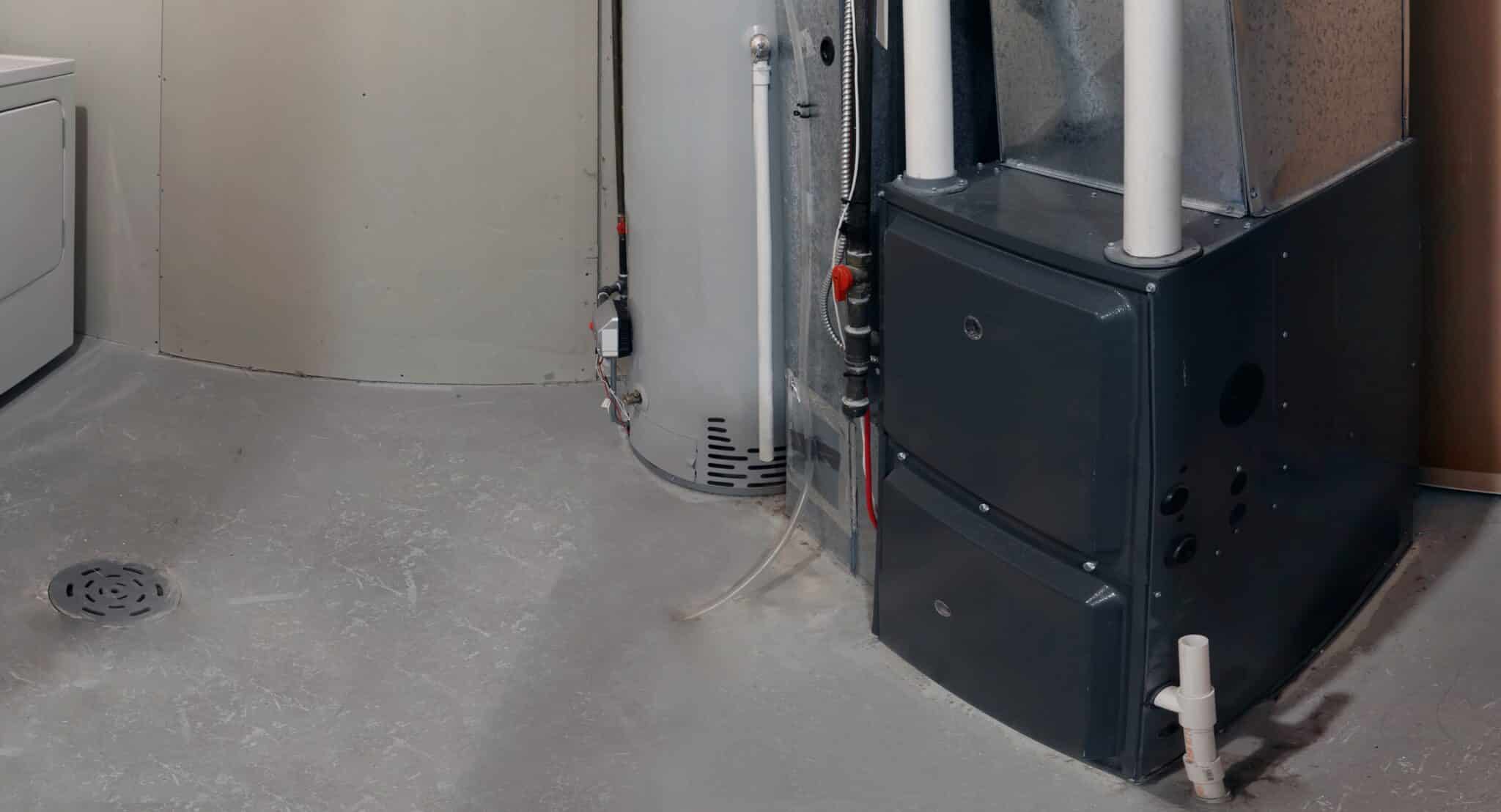
Factors Influencing Furnace Size Selection
The effectiveness of your home’s heating system depends on selecting the right furnace size. A furnace that’s too small will struggle to keep your home warm, overworking itself and causing energy bills to skyrocket. On the other hand, an oversized furnace may cycle on and off frequently, wasting energy and causing uneven heating. To avoid these issues, several important factors must be evaluated to determine the perfect furnace size for your home.
Home Square Footage
The total square footage of your home is a critical factor in furnace sizing. Larger homes require more heating power, measured in British Thermal Units (BTUs), to distribute warmth evenly across every room. Smaller homes, on the other hand, can achieve consistent comfort with a lower-capacity furnace. Accurate measurements of your home’s size ensure the system is neither underpowered nor wastefully oversized.
Climate and Weather Conditions
The climate in your area greatly influences your heating needs. In colder regions like South Ogden, UT, winters can be harsh and demand a furnace with higher BTUs to maintain comfortable temperatures. In milder climates, a lower-capacity unit may suffice. Taking your local weather into account ensures your furnace can handle the seasonal demands without overcompensating or underperforming.
Insulation Quality
The efficiency of your home’s insulation directly affects its ability to retain heat. Well-insulated homes keep warmth in and require less heating capacity, allowing you to choose a smaller furnace. Poorly insulated homes, however, lose heat quickly, necessitating a larger system to compensate for the energy loss. Addressing insulation issues can optimize furnace performance and reduce energy consumption.
Windows and Air Leakage
The number, size, and quality of your windows play a significant role in heat retention. Single-pane or poorly sealed windows can lead to significant heat loss, increasing the demand for a furnace with a higher BTU rating. Similarly, air leaks around doors, vents, and other openings strain the heating system, making proper sealing and energy-efficient windows crucial for maximizing efficiency.
Ceiling Height and Layout
Ceiling height impacts the volume of air that needs heating. Homes with high ceilings require more heating capacity to maintain comfortable temperatures. Additionally, open floor plans or unique architectural designs may demand a furnace capable of circulating heat evenly across different spaces.
By carefully considering these factors, you can ensure your furnace size is tailored to your home’s specific needs. A correctly sized furnace not only delivers consistent and reliable warmth but also minimizes energy costs and extends the system’s lifespan. Investing time in understanding these variables results in a heating solution that keeps your home cozy, efficient, and cost-effective for years to come.
Calculating the Appropriate Furnace Size
Ensuring your home is properly heated begins with calculating the correct furnace size. This is not just about meeting heating demands—it is about optimizing energy use, maintaining consistent comfort, and prolonging the life of your heating system. The wrong furnace size can lead to costly inefficiencies, uneven heating, and frequent breakdowns.
Understanding BTUs: The Measure of Heating Power
Furnace size is determined by its output in British Thermal Units (BTUs). This measurement reflects how much heat the system generates in an hour. Matching the BTU rating to your home’s specific requirements ensures the furnace operates effectively without overworking or wasting energy.
Manual J Load Calculations: Precision in Sizing
A professional Manual J load calculation is the gold standard for furnace sizing. This comprehensive evaluation considers factors like square footage, ceiling height, insulation quality, and window efficiency. By tailoring the furnace size to these variables, Manual J calculations eliminate guesswork, delivering a solution designed to meet your home’s unique needs.
Climate and Regional Heating Needs
Your local climate plays a crucial role in furnace sizing. In colder regions like South Ogden, UT, homes generally need 40 to 60 BTUs per square foot to maintain comfort during freezing winters. Warmer climates require less heating capacity, making climate an essential consideration.
The High Costs of Oversizing and Undersizing
An undersized furnace struggles to heat your home, running continuously and consuming excess energy. Oversized furnaces, however, cycle on and off too frequently, causing uneven temperatures and unnecessary wear. Both scenarios waste money and reduce the system’s lifespan.
The Value of Professional Expertise
While general BTU guidelines provide a starting point, consulting an HVAC professional ensures precise sizing. Experts use industry insights and tools to assess every detail of your home, recommending a furnace size that guarantees consistent heating, efficiency, and durability.
Choosing the right furnace size is an investment in your home’s comfort and efficiency. A properly sized furnace delivers even heating, minimizes energy waste, and ensures reliable operation for years to come.
Consequences of Incorrect Furnace Sizing
Getting the furnace size wrong is not just inconvenient—it can have serious consequences for your home’s comfort, energy efficiency, and overall costs. Whether the unit is too small or too large, the impact can disrupt your heating system’s effectiveness and lifespan.
-
Issues with an Undersized Furnace
An undersized furnace struggles to keep up with your home’s heating needs, leading to:
- Inefficient Heating: Smaller units fail to distribute heat evenly, leaving some rooms cold and uncomfortable.
- Increased Wear and Tear: Running constantly to maintain warmth causes premature breakdowns and shortens the furnace’s life.
- Skyrocketing Energy Bills: Overuse translates to excessive energy consumption, driving up monthly costs significantly.
-
Problems with an Oversized Furnace
While it may seem like more heating power is better, an oversized furnace comes with its own set of issues:
- Short Cycling: Large furnaces heat too quickly, causing frequent on-and-off cycles that waste energy and stress components.
- Uneven Temperatures: Rapid heating leads to hot spots and cold zones throughout your home, reducing overall comfort.
- Higher Installation Costs: Larger units require more investment upfront, which may not align with your home’s actual heating demands.
-
Energy Waste and Environmental Impact
Incorrect furnace sizing leads to unnecessary energy consumption. An overworked or inefficiently cycling furnace increases your carbon footprint and inflates your utility bills, making it harder to manage costs.
-
Reduced System Durability and Comfort
Both undersized and oversized furnaces compromise long-term reliability. Overworking or constant cycling causes parts to wear out faster, resulting in more frequent repairs or replacements. Additionally, a poorly sized furnace struggles to maintain consistent temperatures, leaving your home less comfortable.
To avoid these problems, consulting a professional for accurate furnace sizing is essential. By factoring in your home’s size, insulation, and climate, a properly sized furnace delivers even heating, reduced energy costs, and long-lasting efficiency. The right furnace size is more than a technical decision—it is a smart investment in your home’s comfort and future.
Energy Efficiency and Furnace Sizing
The size of your furnace directly influences its energy efficiency and your overall heating costs. Selecting the correct furnace size is key to achieving a balance between consistent warmth and reduced energy waste. An improperly sized furnace can lead to avoidable expenses, discomfort, and environmental impact.
Proper Sizing Maximizes Efficiency
Furnace size affects how effectively your heating system performs. An undersized unit works overtime, using excessive energy to keep up with demand. Conversely, an oversized furnace heats too quickly, resulting in short cycles that waste fuel and create uneven temperatures. Proper sizing ensures the system runs at its most efficient level, avoiding energy waste.
AFUE Ratings and Sizing Work Together
While a furnace’s Annual Fuel Utilization Efficiency (AFUE) rating measures fuel-to-heat conversion, the system’s efficiency also depends on correct sizing. Even a high-AFUE furnace will underperform if it is mismatched to your home’s heating needs. The right size allows the furnace to operate within its optimal range, maximizing energy savings.
Consistent Heating Means Less Waste
A correctly sized furnace delivers even heat throughout your home, avoiding hot spots and cold zones. By running only as needed, it conserves energy while keeping every room comfortable, translating to lower monthly bills.
Environmental and Long-Term Benefits
Energy inefficiency caused by incorrect sizing increases your carbon footprint. Choosing the right furnace size reduces waste and emissions, making your home more sustainable and environmentally friendly.
Investing in the correct furnace size ensures reliable comfort, energy savings, and long-term performance. Consulting a professional for accurate sizing guarantees your furnace meets your home’s unique requirements, enhancing efficiency and reducing costs for years to come.

The Role of Professional HVAC Consultation
When it comes to furnace installation, certified HVAC professionals provide expertise that goes far beyond the basics. They ensure your system is properly sized, installed with precision, and maintained to deliver consistent performance, saving you money and enhancing your home’s comfort.
Accurate Furnace Sizing for Maximum Efficiency
Choosing the correct furnace size requires in-depth calculations. Certified professionals use advanced tools like Manual J load assessments to evaluate your home’s specific needs, including insulation, climate, and layout. This precise sizing eliminates energy waste caused by overworked or oversized systems, reducing costs and ensuring consistent heat distribution.
Expert Installation for Reliable Operation
Even the best furnace cannot perform well if installed incorrectly. Professionals follow industry standards to ensure every component is properly connected, calibrated, and tested. This meticulous process prevents common issues like short cycling, uneven heating, or poor airflow, which can increase energy costs and reduce comfort.
Preventive Maintenance for Longevity
Regular maintenance by certified HVAC experts ensures your furnace remains efficient and reliable over time. Services like filter replacements, duct inspections, and system tune-ups optimize performance, extend your system’s lifespan, and prevent costly breakdowns.
Reduced Energy Bills and Environmental Benefits
A correctly sized and installed furnace operates efficiently, consuming less energy. This not only lowers your utility bills but also reduces your home’s environmental footprint by minimizing waste.
Hiring certified HVAC professionals ensures your furnace provides reliable, efficient heating tailored to your home’s needs. Their expertise guarantees comfort, cost savings, and dependable performance for the life of your system.
Seasonal Considerations in Furnace Selection
Selecting the right furnace size is essential for your home’s comfort and energy efficiency. Making an informed choice ensures your system runs smoothly, keeps your home cozy, and prevents unnecessary energy waste.
-
Avoiding Seasonal Delays
Winter, especially December, is the busiest time for furnace installations. Demand spikes, leading to longer wait times for service and fewer options. Choosing a furnace size early ensures timely installation and access to the best systems for your needs.
-
Performance Under Winter Conditions
Cold weather puts additional strain on your furnace. An undersized unit will struggle to heat your home adequately, while an oversized one wastes energy and leads to inconsistent temperatures. Proper sizing is critical for efficient performance during the peak of the season.
-
Energy Savings All Season Long
By selecting your furnace size ahead of the winter rush, you ensure optimal efficiency and lower energy costs throughout the season. Early planning allows you to explore energy-saving models that are often in high demand by December.
Prepare your home now, and enjoy worry-free warmth, reliable performance, and cost savings all winter long.
One Hour Heating & Air Conditioning of Ogden, UT: Your Trusted Partner
When it comes to reliable heating and cooling solutions in South Ogden, UT, One Hour Heating & Air Conditioning stands out as a trusted name. With a reputation built on expertise, efficiency, and exceptional customer service, we are committed to ensuring your home remains comfortable year-round.
Comprehensive Heating and Cooling Services
We offer a wide range of services tailored to meet the unique needs of South Ogden homeowners. From precise furnace sizing and professional installation to routine maintenance and emergency repairs, our team provides complete HVAC solutions. Whether you are upgrading your system or addressing a sudden breakdown, we are here to deliver fast, reliable, and affordable service.
Expertise You Can Count On
Our certified HVAC professionals bring years of experience and technical expertise to every job. We use advanced tools and methods to ensure your system operates efficiently and reliably. From selecting the right furnace size to optimizing energy efficiency, our team prioritizes your comfort and long-term savings.
Unwavering Commitment to Customer Satisfaction
At One Hour Heating & Air Conditioning, customer satisfaction is more than a promise—it is our standard. We take pride in delivering prompt, dependable service with transparent communication every step of the way. Our commitment to excellence ensures that your heating and cooling needs are met with professionalism and care.
Local Expertise, Personalized Care
As a local business, we understand the unique climate challenges faced by South Ogden residents. Our personalized approach means we tailor our services to suit your home’s specific requirements, ensuring maximum comfort and efficiency.
For dependable HVAC solutions backed by expertise and a customer-first approach, trust One Hour Heating & Air Conditioning of Ogden, UT. Your comfort is our priority.
FAQS
-
How do I know if my furnace is the right size?
A properly sized furnace maintains consistent heating without excessive cycling or overworking. Signs of improper sizing include cold spots, high energy bills, or a furnace that runs continuously. An HVAC professional can assess whether your system is the correct size for your home.
-
What are the signs of an oversized furnace?
An oversized furnace often has short cycles, turning on and off frequently. This behavior wastes energy, creates uneven heating, and increases wear on the system, leading to higher maintenance costs.
-
Can I perform a Manual J calculation myself?
Manual J calculations involve complex assessments, such as accounting for square footage, insulation, windows, and climate. For accuracy and reliability, it is essential to rely on a certified HVAC professional to ensure precise results.
-
How does insulation affect furnace size?
Good insulation helps retain heat, reducing the furnace size needed for your home. Poor insulation allows heat to escape, requiring a larger system to maintain warmth and increasing energy costs.
-
Why is professional installation important for furnace sizing?
Certified HVAC professionals ensure your furnace size matches your home’s needs and that the system is installed for optimal efficiency. Proper installation prevents uneven heating, energy waste, and premature system failures.







